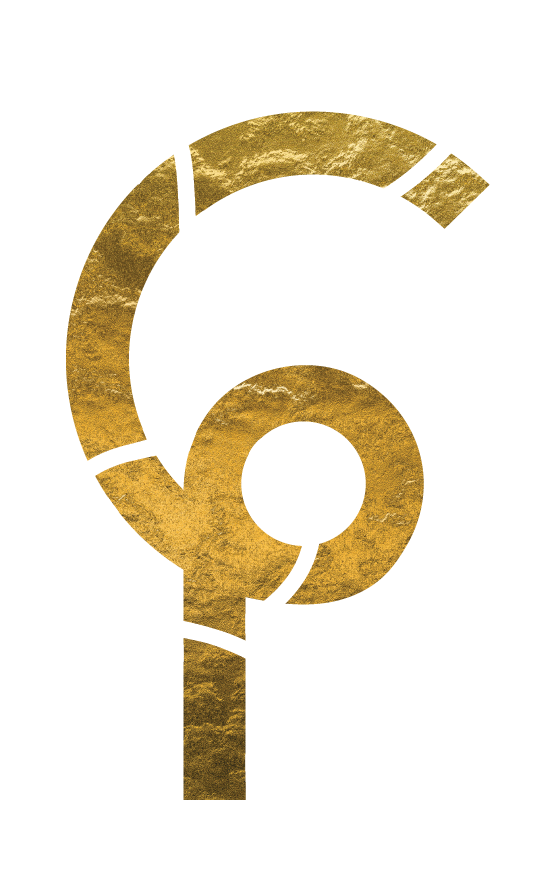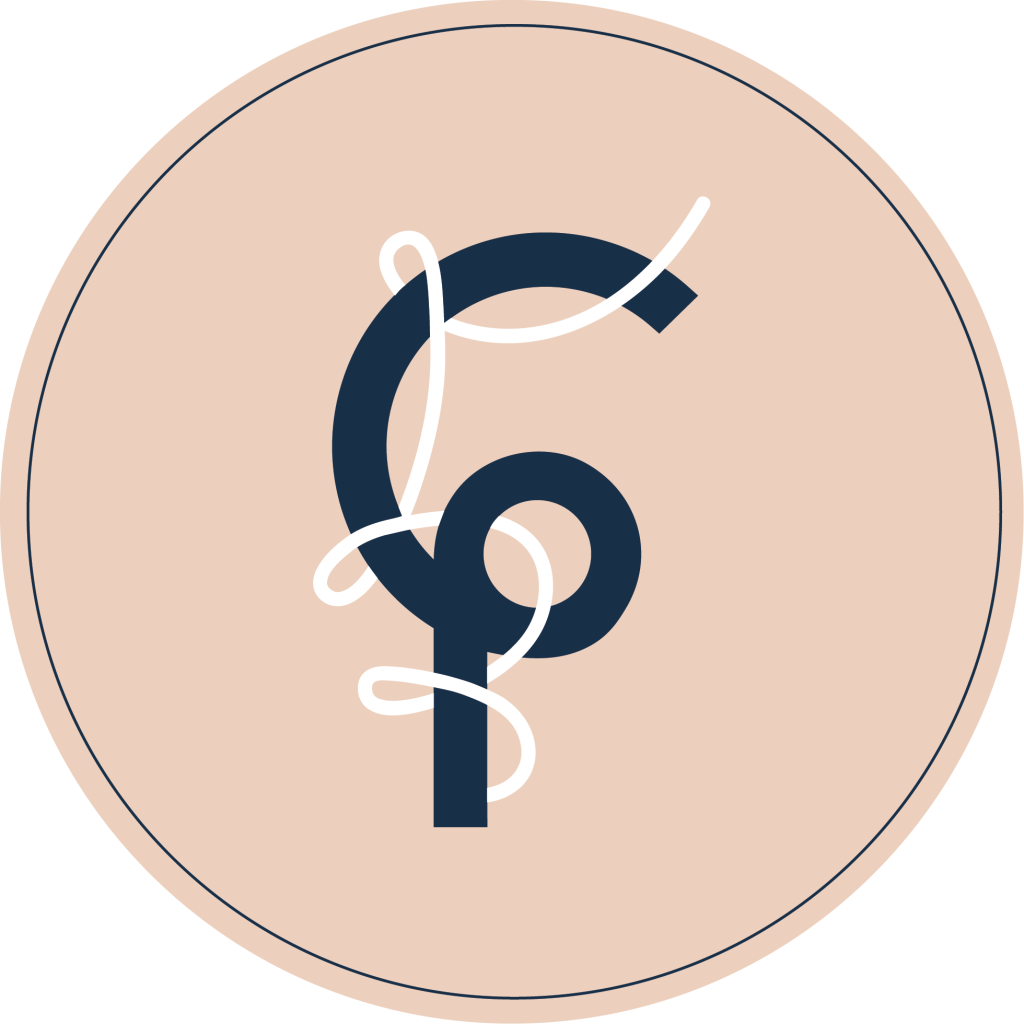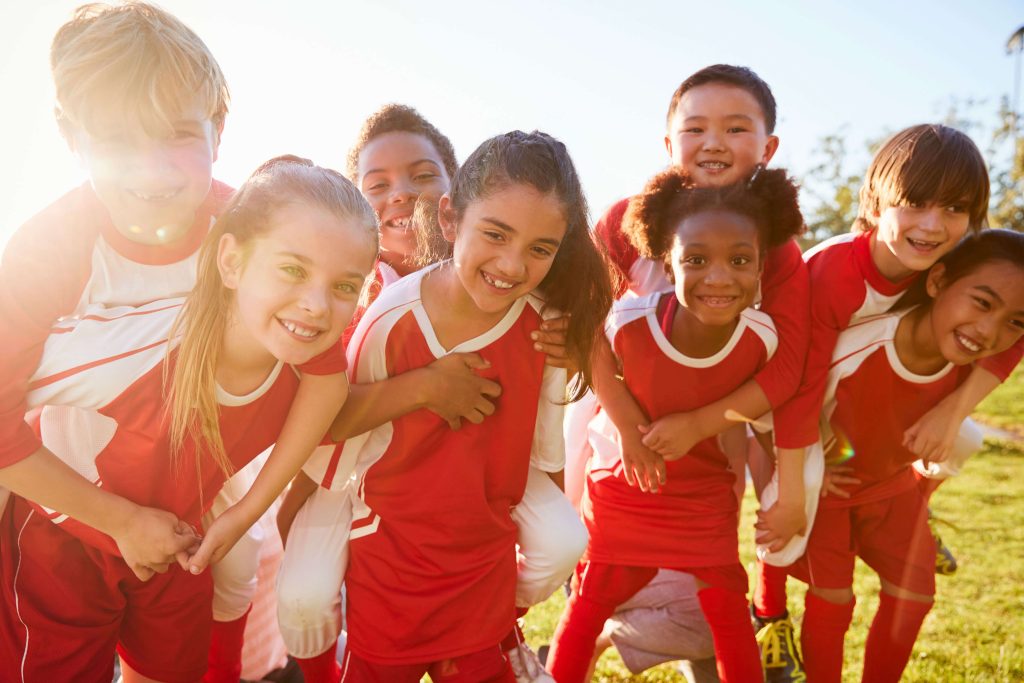Did you know that newborn baby’s have soft skulls that can develop flat spots on their head during birth, or due to positioning.
Plagiocephaly is the term used for a flat spot at the back on one side of their head. It can develop due to pressure on one side of baby’s head if they are lying on that side for prolonged periods of time or if baby has a head turning preference to one side.
If you notice a flat spot at the back of your baby’s head, do see your health professional; GP, Paediatrician, or Paediatric Physiotherapist. It is important baby is assessed to rule out other possible causes and management. This is particularly important as plagiocephaly can be linked with a condition called Muscular Torticollis where baby develops tightness in a muscle on the side of their neck which causes baby to tilt their head to one side, and turn their head to the opposite side. Both Plagiocephaly and torticollis can improve with management, and research shows that the sooner treatment starts, the better the outcome.
Physiotherapy is the main management for plagiocephaly. General advise for Plagiocephaly management is below and can be started whilst you wait for your GP/ Physiotherapy appointment;
- Position your baby on their back with their head turned to the opposite side (onto the non-flat area) during sleep in their cot and when asleep or awake in their buggy/ bassinet. This will take the pressure off the flattened area.
- Always lie baby on their back to sleep. Each night you can alternate which end of the cot you place baby to sleep each night to encourage baby to look to both directions.
- Identify any light sources (lights or windows) or contrasting art work baby might be drawn to look at and rearrange furniture so baby has to look to the non-preferred side to see these.
• Try tummy time little and often, each wake window if possible. Tummy time is really important for baby to learn how to lift their head and develop strength in their neck and back muscles.
• Reduce the amount of time your baby spends in one position where there is uneven pressure on their head, e.g. baby bouncer chair, car seat.
- Encourage active head turning away from their preferred side using bright and interesting toys, sounds or people’s faces.
- If bottle feeding alternate the arm in which you hold your baby and encourage them to look away from their preferred side.
- Try to limit the use of car seats to when your baby is in the car.
- Have baby spend time off their back each wake window. This can be through tummy time, holding baby supported with their head over your shoulder, baby supported lying on their non preferred side, baby supported in a sling with their head turned to their non-preferred side.
For more information
The Association of Paediatric Chartered Physiotherapists (APCP) has a fantastic hand out for parents with more information here.







